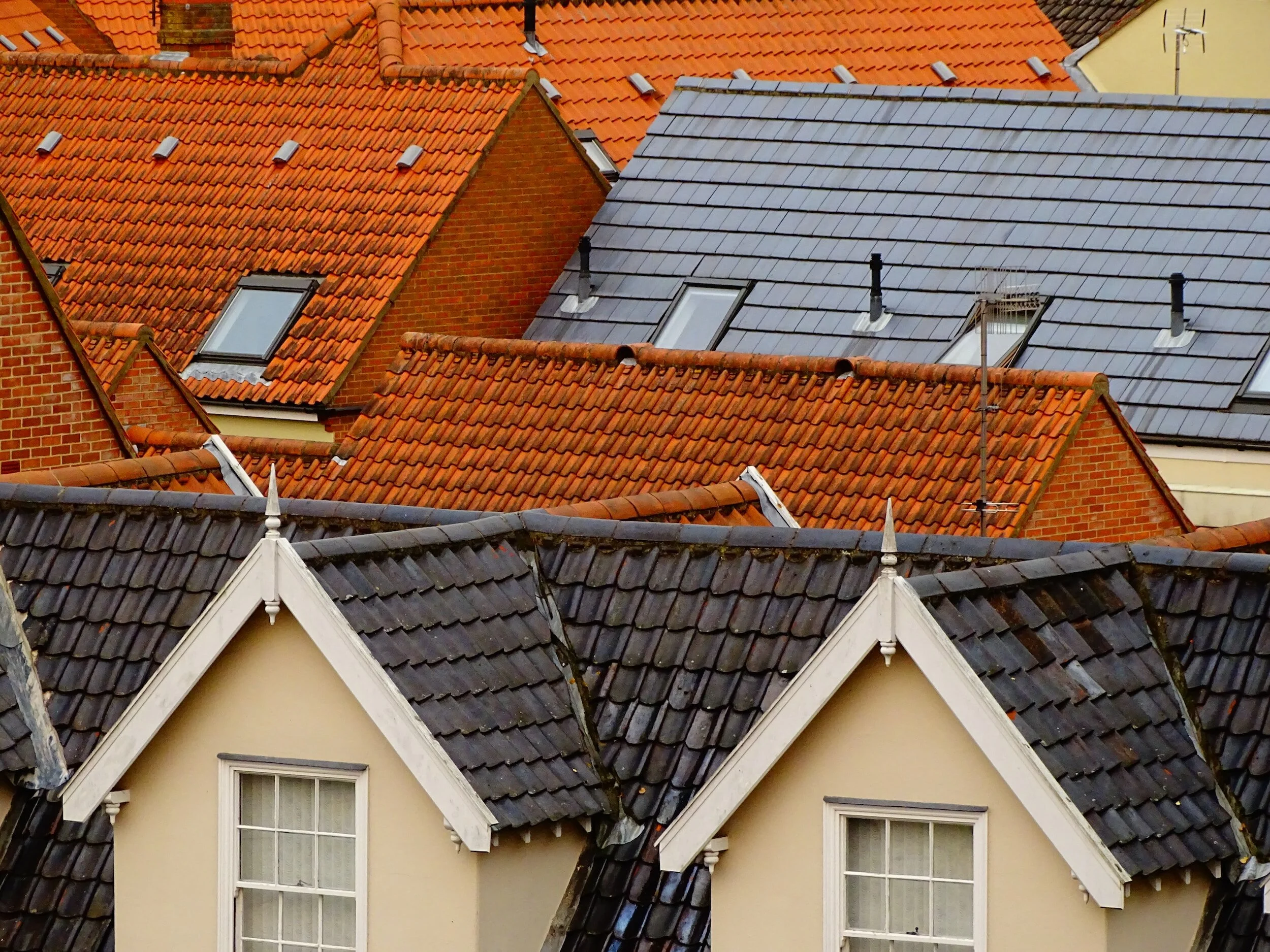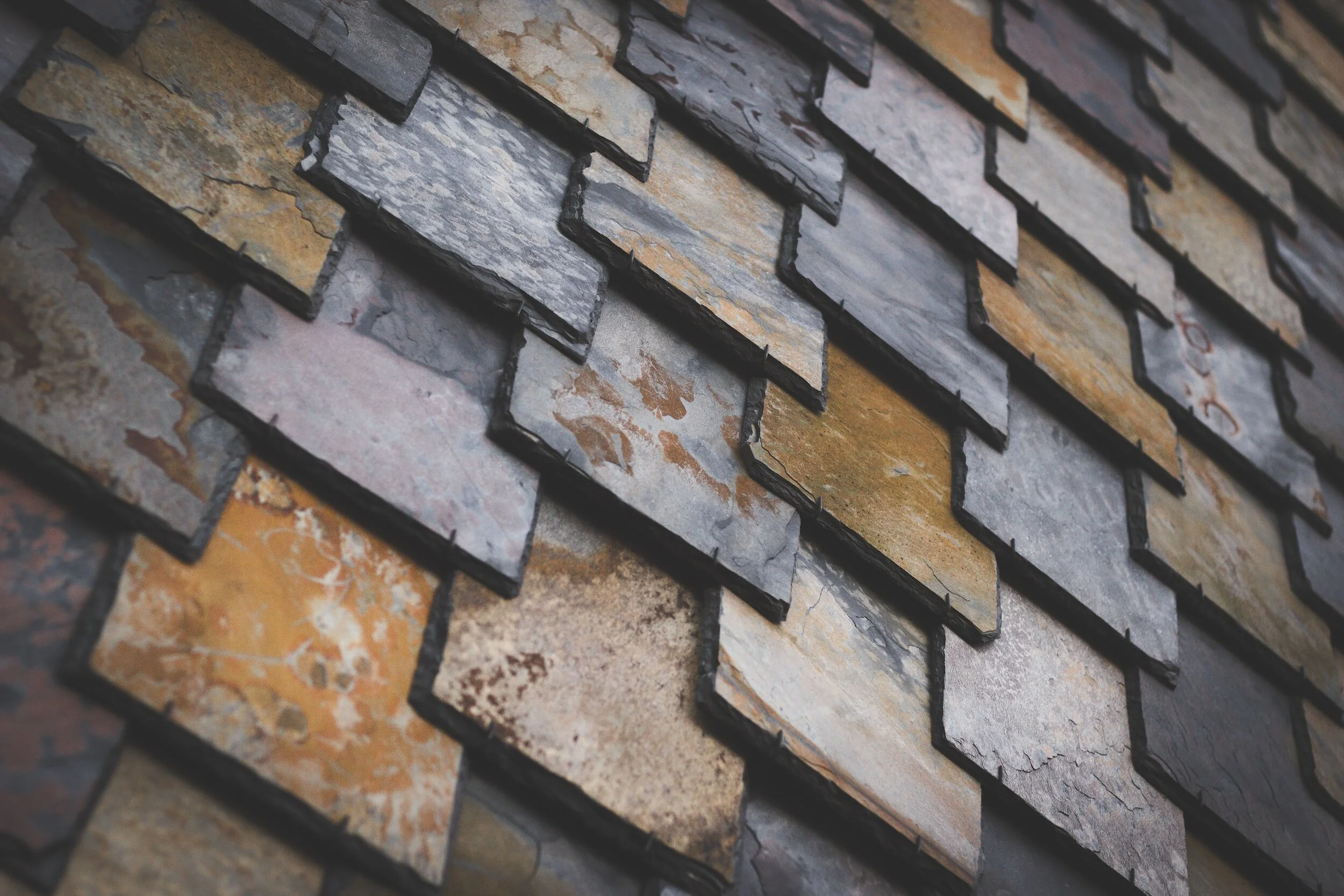Several factors can significantly impact the lifespan of a roof, including the quality and type of roofing material chosen, the installation quality, the climate and local environment in which it is installed, the implementation of a regular roof maintenance program, as well as the thickness of the materials used and any associated warranties.
Quality and type of roofing material
The quality and type of roofing material play a crucial role in determining the lifespan of a roof. Different materials have different levels of durability and longevity. For example, tile roofs, such as concrete, clay, and slate tiles, are known to be the longest-lasting with an average lifespan of 100 years or more.
On the other hand, asphalt shingles typically last around 20 to 30 years depending on their grade. It is important to choose high-quality materials that are suitable for your specific climate and environment to ensure a longer-lasting roof.
Regular maintenance also contributes significantly to prolonging the lifespan of any roofing material.
Installation quality
Proper installation is crucial for the longevity of your roof. A well-installed roof ensures that it can withstand various weather conditions and reduces the risk of leaks or damage.
The quality of installation can affect how long your roof will last, so it's important to hire a professional roofing contractor who has experience with the specific material you choose.
By ensuring the installation is done correctly, you can maximize the lifespan of your roof and minimize any potential issues down the line.
Climate and local environment
The climate and local environment have a big impact on the lifespan of roofing materials. Extreme weather conditions like high winds, heavy rain, snow, or hail can cause damage to roofs over time.
For example, in areas with frequent storms or hurricanes, roofs may need to be replaced more often compared to areas with more moderate climates. Additionally, exposure to extreme heat or cold can also affect the durability of roofing materials.
In hot climates, UV radiation from the sun can cause shingles to deteriorate faster, while freezing temperatures in colder regions can lead to cracking and water damage. It's important for homeowners to consider their specific climate and local environment when choosing roofing materials that will withstand these conditions and provide long-lasting protection for their homes.
Roof maintenance program
Regular roof maintenance is essential for prolonging the lifespan of your roof. By implementing a roof maintenance program, you can identify and address any issues before they become major problems.
This includes inspecting your roof for damage, such as loose or missing shingles, leaks, or cracks. It also involves clearing debris like leaves and branches that can accumulate and cause damage over time.
Additionally, ensuring proper ventilation and insulation can help prevent moisture buildup and extend the life of your roof. Regular inspections by a professional roofing contractor are recommended to catch any potential issues early on and to provide necessary repairs or roof replacements as needed.
Material thickness and warranties
The thickness of the roofing material and the warranties provided can affect the lifespan of your roof. Thicker materials, such as thicker asphalt shingles or metal roofing, tend to be more durable and have a longer lifespan.
On the other hand, thinner materials may not last as long and may require replacement sooner. Warranties offered by manufacturers can also give you an idea of how long they expect their product to last.
It's important to choose a quality material with a warranty that aligns with your expectations for longevity in order to ensure that your roof lasts as long as possible without any unexpected issues.
Overview of Residential Roofing Services
When it comes to residential roofing services, there are a few key factors you should consider. First and foremost, you'll want to choose a reputable and experienced roofing contractor who specializes in the type of material you're interested in.
They'll be able to provide expert advice on which materials will work best for your specific needs and budget – taking into account all the little details that matter to you.
It's important to keep in mind that different roofing materials have varying lifespans - they're like the superheroes of your roof! For example, asphalt shingles typically last anywhere from 15 to 30 years, while wood shingles can stick around for up to 30 years with proper TLC.
Clay tile roofs have an impressive lifespan of around 50 years or longer – now that's some serious longevity! Metal roofs take it even further, lasting up to 70 years or more. And if we're talking about the granddaddy of them all, slate roofs can last a century or longer – talk about passing down a legacy!
Of course, when choosing your ideal roofing material, cost is always on everyone's mind (and rightly so). But remember, it's not just about price tags; durability matters too. You don't want something cheap but flimsy – nobody needs unreliable protection over their head.
So strike a balance by considering both cost and how well the material can withstand whatever Mother Nature throws at it.
Aesthetics are another crucial factor because let's face it - we want our homes looking good from every angle! Choose a color or style that complements your home's overall look and makes those neighbors do double-takes as they pass by.
But hey - maintaining your roof is equally important in keeping it going strong year after year. Regular inspections for any signs of damage or wear-and-tear are essential chores but think of them as responsible check-ups for your home sweet home.
And when issues arise, get them addressed promptly before they turn into major headaches. Trust me; a little bit of maintenance goes a long way in keeping your roof happy and sturdy.
So, remember to factor in all these considerations – lifespan, cost, durability, aesthetics, maintenance requirements - when you're making the big decision about which roofing material is the perfect fit for your home.
By doing so, you'll ensure that your castle stays protected and looking good for years to come.
Considerations for Choosing Roofing Materials
When choosing roofing materials, it's important to consider factors such as cost, durability, aesthetics, maintenance requirements, and long-term value. To learn more about the best roofing options for your home, continue reading.
Cost
When considering the cost of different roofing materials, it's important to remember that upfront expenses can vary. Asphalt shingles and wood shingles tend to be more affordable options, while metal roofing and slate roofs are generally more expensive.
However, it's crucial to consider the long-term value as well. Roofing materials with longer lifespans may require less frequent replacement or maintenance over time, potentially saving you money in the long run.
Additionally, keep in mind that installation costs and any necessary repairs should also be factored into your budget when choosing a roofing material.
Durability
The durability of roofing materials is an important factor to consider when choosing the right one for your home. Some materials, like concrete, clay, and slate tiles, are known for their exceptional longevity, lasting 100 years or more.
Copper roofs can also stand the test of time, with a lifespan of over 60 years. On the other hand, wood shingles may only last around 25 to 30 years in certain areas. Asphalt shingles have a varying lifespan depending on the type, with architectural shingles outlasting traditional 3-tab shingles.
It's crucial to select a durable material that can withstand your local climate and weather conditions to ensure your roof will protect your home for many years to come.
Aesthetics
When it comes to choosing roofing materials, aesthetics play an important role. Different types of roofs can enhance the overall look and curb appeal of your home. For example, clay tile roofs provide a timeless and elegant appearance, while metal roofs give a modern and sleek look.
Wood shingle roofs add a rustic charm to any property. It's essential to consider how different roofing materials will complement the architectural style of your home and blend well with the surrounding environment.
By selecting a roofing material that matches your personal preferences and enhances the aesthetic appeal of your home, you can create a beautiful and visually appealing roof that will last for many years.
Maintenance requirements
Proper care and maintenance are important to ensure the longevity of your roof. Regular inspections should be conducted to identify any damage or signs of wear and tear. This can include checking for loose or missing shingles, leaks, moss or algae growth, and damaged flashing.
Roof cleaning may also be necessary to remove debris and prevent clogging of gutters and downspouts. It's also recommended to trim overhanging tree branches that can cause damage during storms.
Additionally, maintaining proper attic ventilation and insulation can help regulate temperature and reduce moisture buildup in your roof, prolonging its lifespan.
Long-term value
Considering the long-term value of roofing materials is essential when choosing the right option for your home. While asphalt shingles have a shorter lifespan of about 15 to 30 years, they are more cost-effective upfront.
On the other hand, metal roofs can last up to 70 years and offer energy efficiency benefits, making them a good long-term investment. Clay tiles and slate roofs have lifespans of 50+ years and 100+ years respectively, but they tend to be more expensive initially.
Ultimately, considering factors like durability, maintenance requirements, and aesthetic appeal will help determine which roofing material offers the best long-term value for your specific needs.
Conclusion
In conclusion, the lifespan of roofing materials varies depending on the type and quality. Asphalt shingles typically last around 15 to 30 years, while metal roofs can endure for up to 70 years.
Clay tiles can provide a long-lasting solution with a lifespan of 50 years or more, while slate roofs are known for lasting over a century. It's important to choose the right material based on factors such as cost, durability, aesthetics, and maintenance requirements to ensure your roof stands strong for many years to come.
FAQs
1. How long does a shingle roof typically last?
A shingle roof typically lasts around 20 to 25 years.
2. What is the expected lifespan of a metal roof?
A metal roof can have an expected lifespan of 40 to 70 years, depending on the type of metal used.
3. How long can a tile roof last?
A tile roof has a longer lifespan compared to other materials and can last up to 50 to 100 years, or even more with proper maintenance.
4. What is the average lifespan of a wood shake roof?
A wood shake roof usually has an average lifespan of around 20 to 30 years, but it may vary depending on weather conditions and maintenance.
5. How long does a slate roof typically last?
Slate roofs are known for their durability and can last for over a century, making them one of the longest-lasting roofing materials available.



